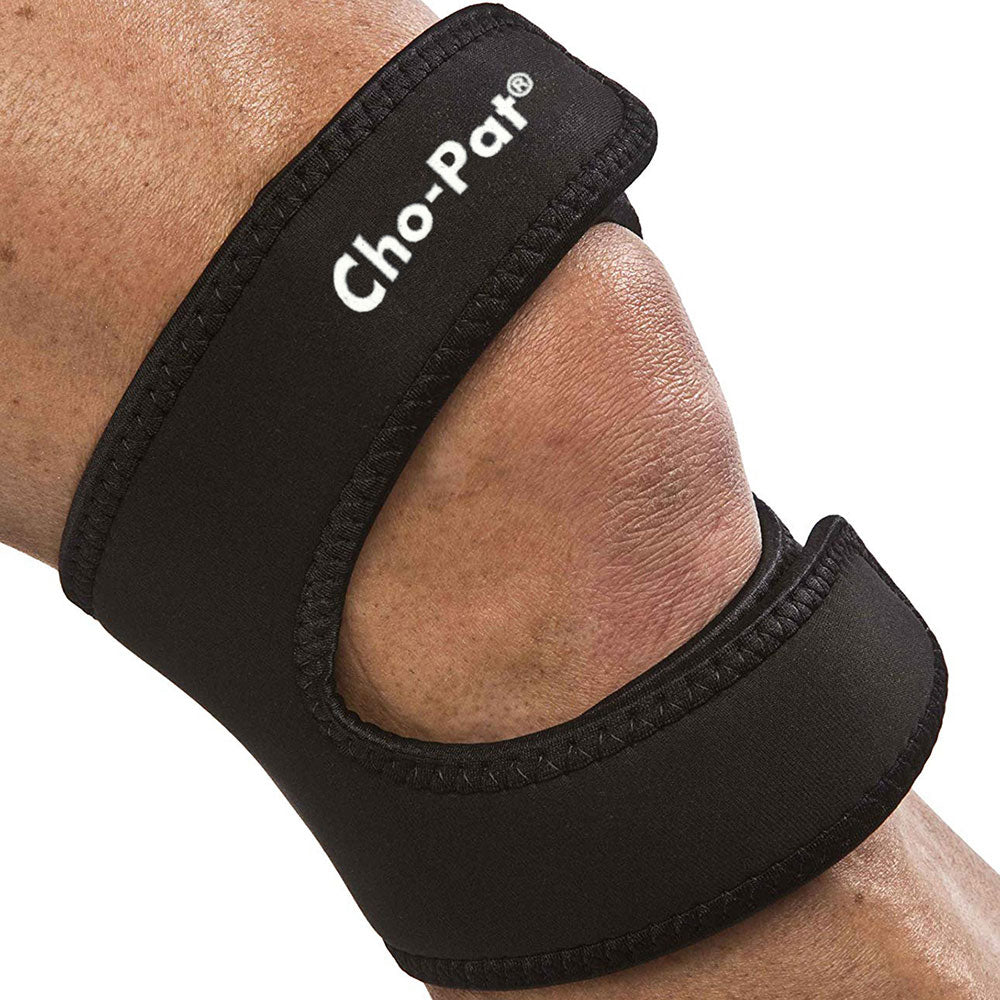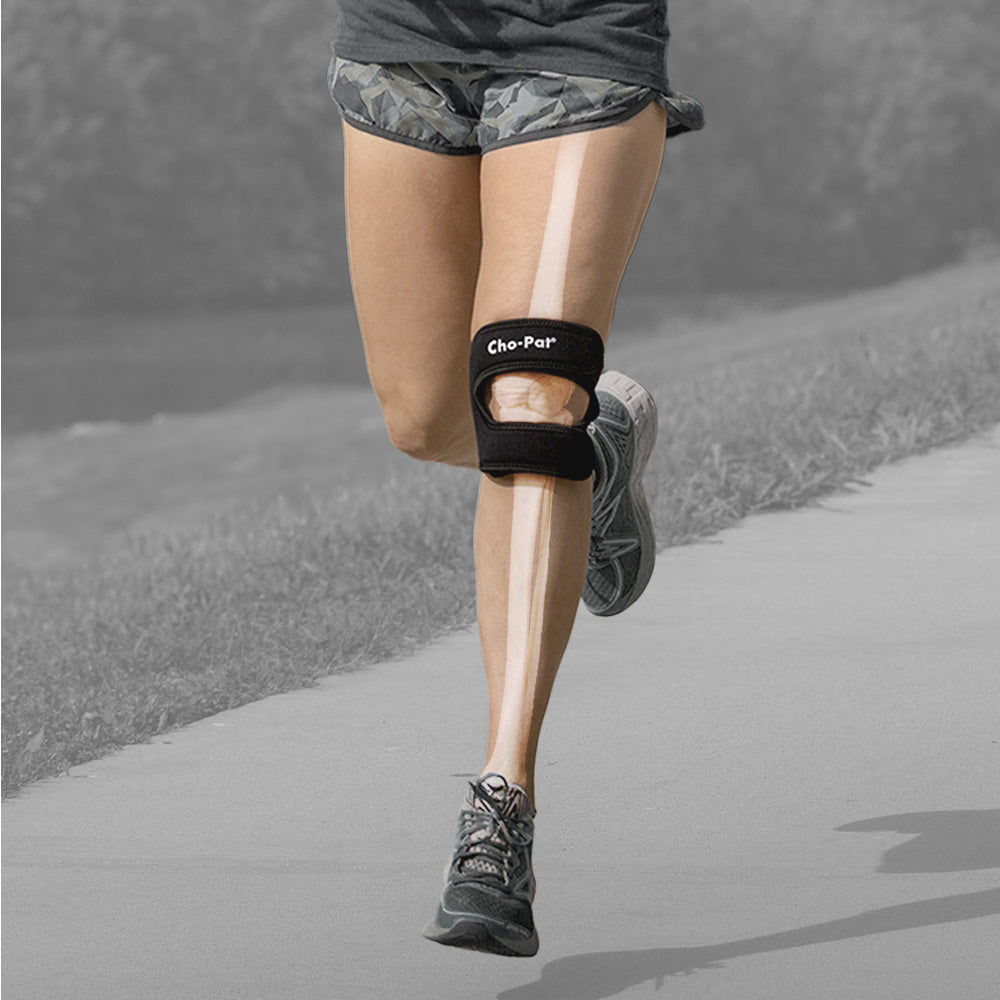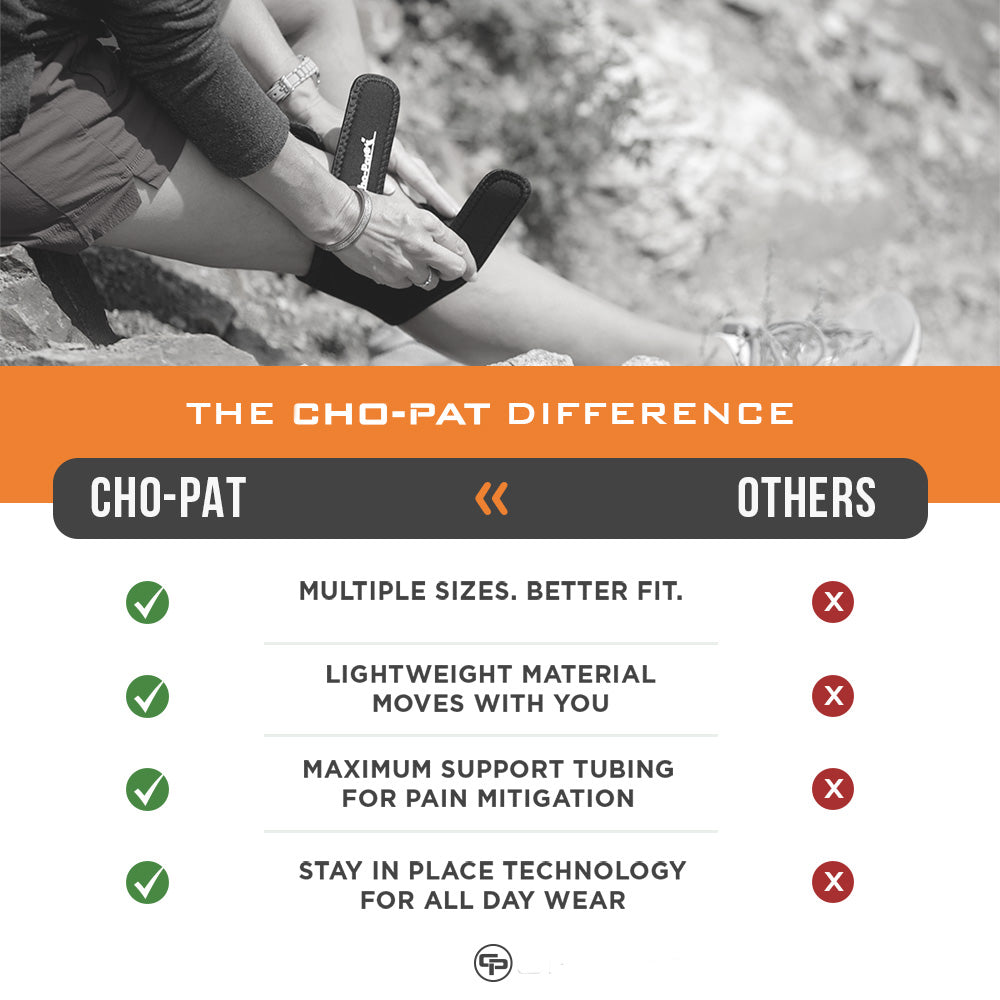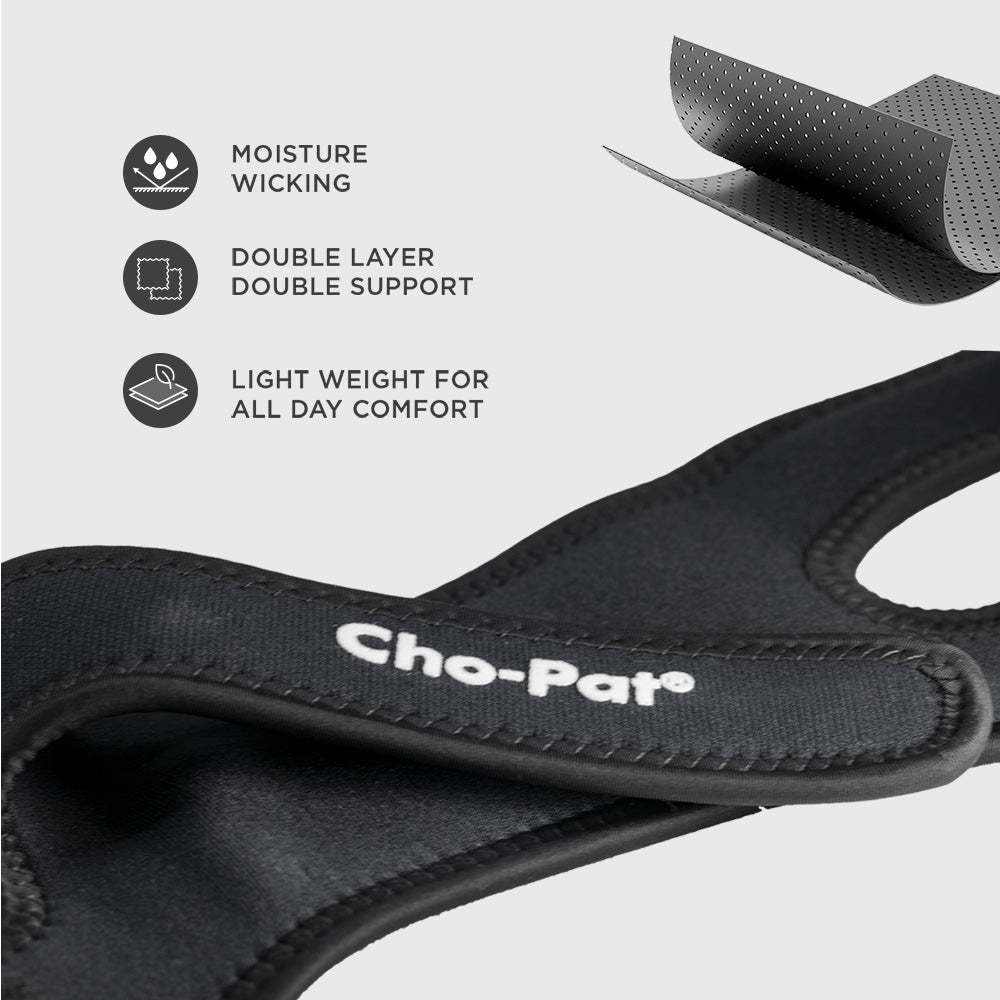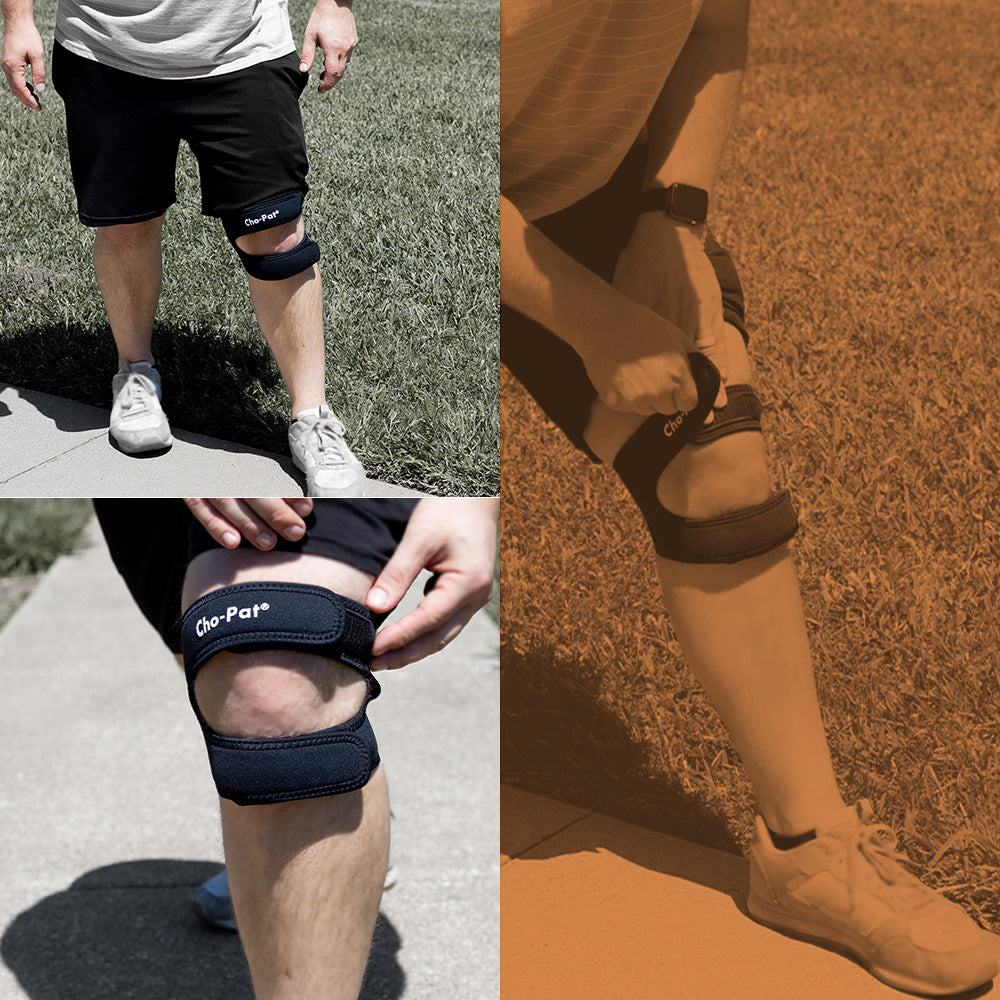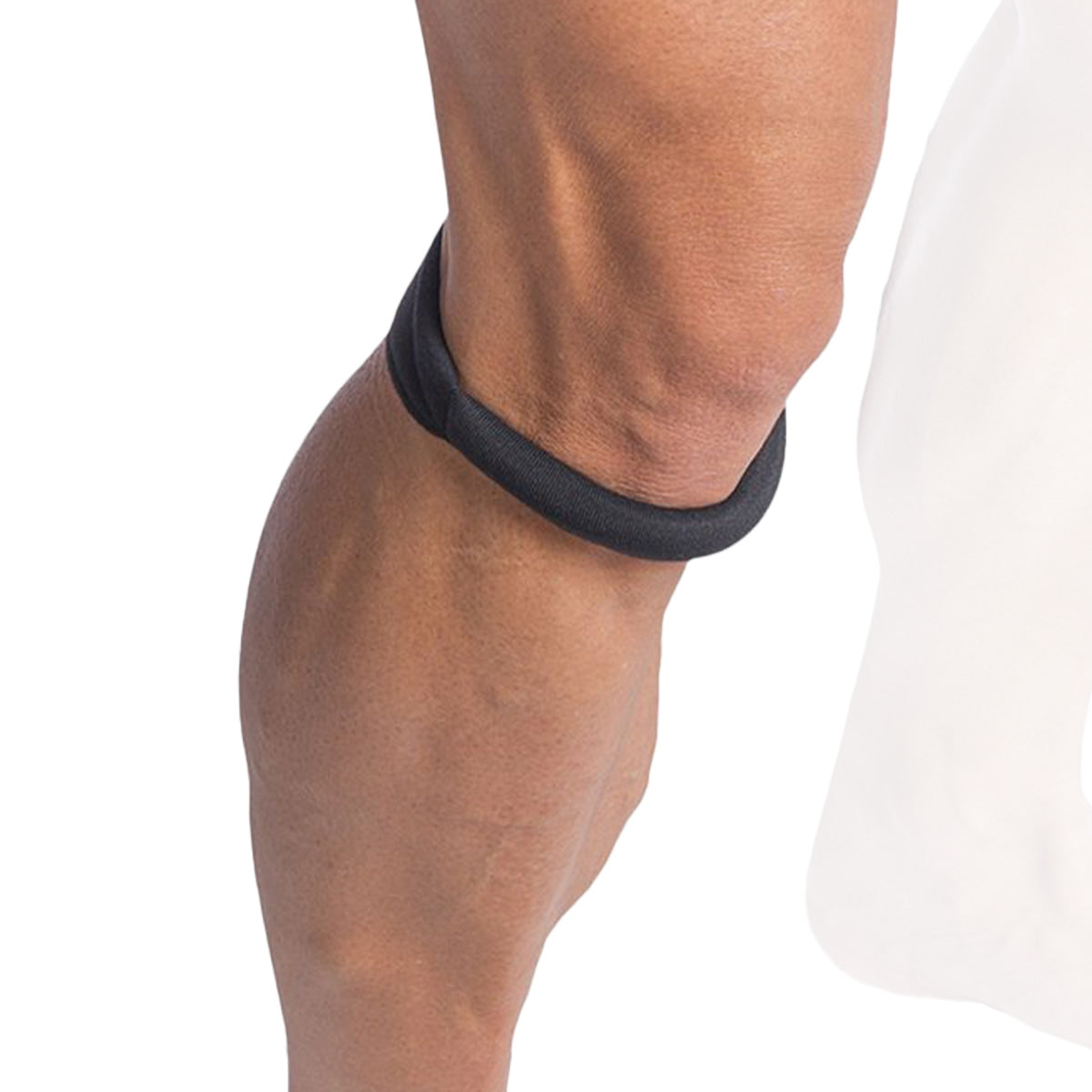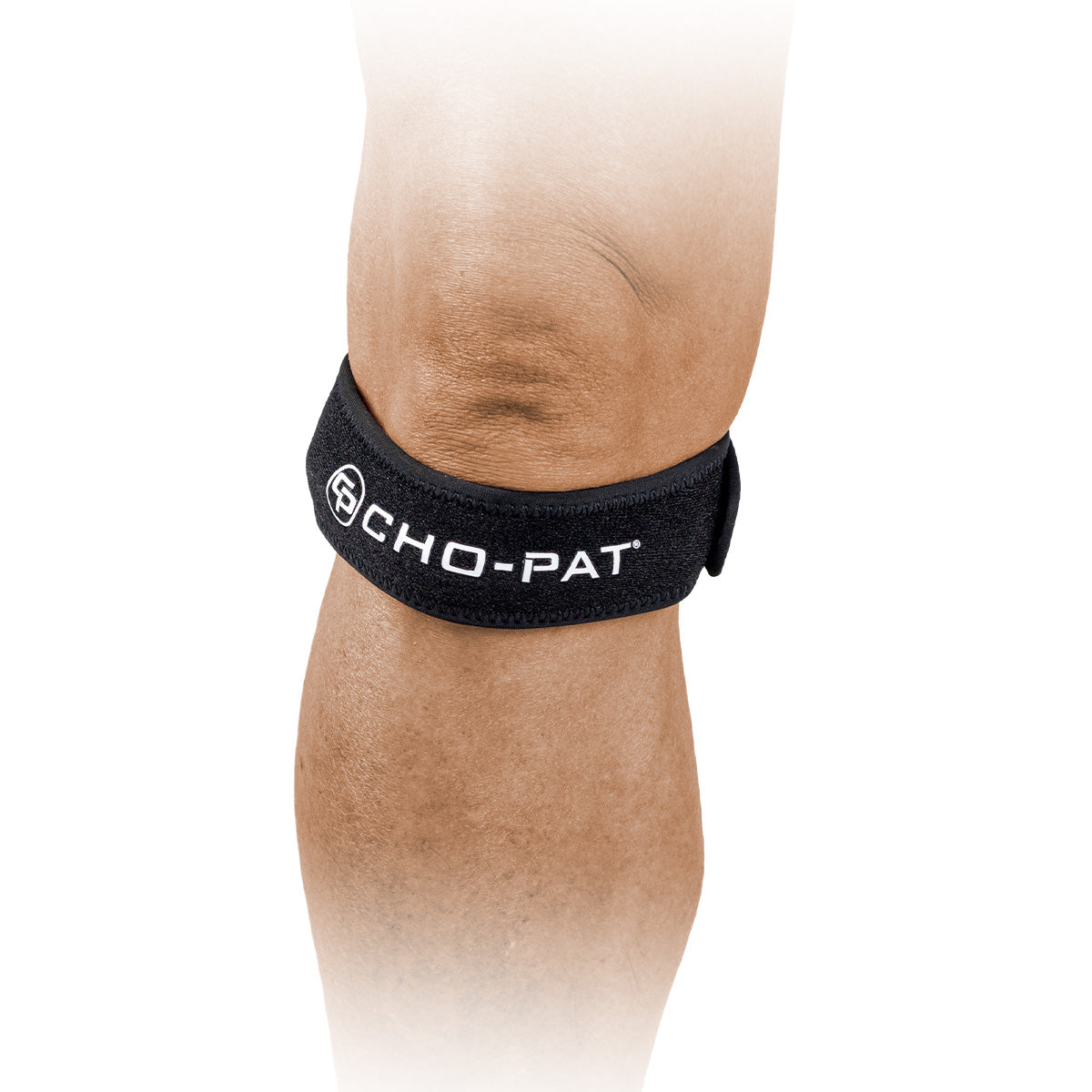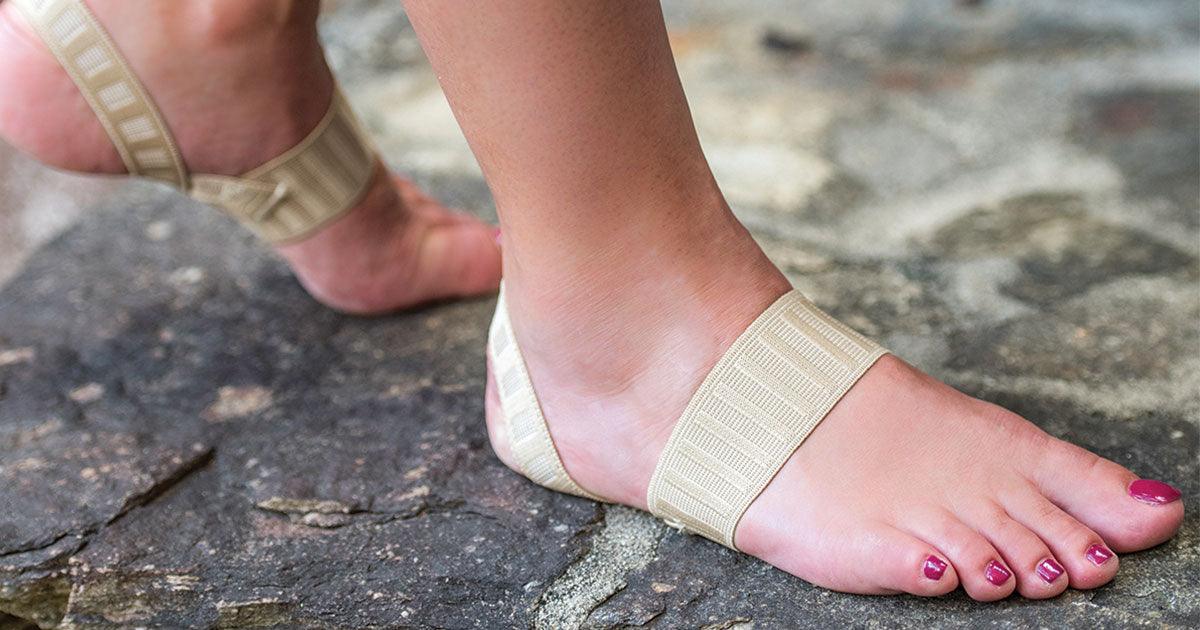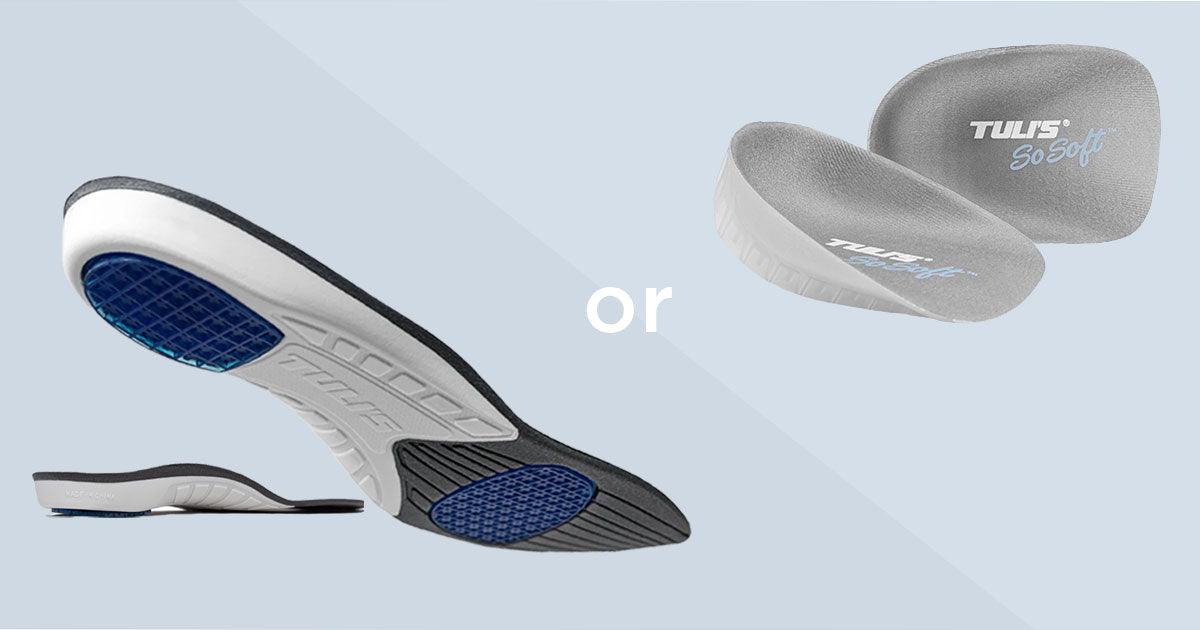Jumper's knee – also known as Patellar Tendonitis – is a common overuse injury amongst those who participate in sports or other exercises that involve a lot of jumping. While the condition tends to hit athletes more regularly, it can affect anyone, especially if they have pre-existing issues with their knees and shins, such as rheumatoid arthritis, leaving people to ask questions such as:
- Will a knee brace help jumper's knee?
- What is a jumper's knee strap? Do they work?
- How can I prevent jumper's knee?
- Is jumper's knee treatable?
The good news is that jumper's knee is both preventable and treatable; however, before diving into the solutions, it is essential to understand the underlying problem.
What is Jumper's Knee
In the United States, 20% of jumping athletes suffer from jumper’s knee. This includes those who participate in sports such as:
- Volleyball
- Basketball
- Long/High Jumping and more
However, this condition can affect those who also partake in non-sports related exercises such as:
- Burpees
- High Knees
- Jumping Jacks
- Jump Rope
- Jumping Lunges
- Lateral Jumps
- Running and more
Contrary to what most individuals think when they hear the term jumper's knee, the condition has little to do with the kneecap. Instead, this condition is characterized by the inflammation of your patellar tendon that connects your kneecap to your shinbone. If not treated correctly, the inflammation combined with the repetitive actions could lead to a tear in the tendon.
Jumper's Knee: Prevention and Treatment
Jumper's knee is a preventable condition with the right combination of exercise and stretching. If you are already dealing with inflammation issues, then you will likely benefit from knee straps or other knee braces to help prevent extra muscle strain or misalignment.
Exercises for Jumper's Knee
The right combination of flexibility and strength training exercises can help most athletes prevent jumper's knee. Not sure where to start? Also, first, contact your doctor for proper diagnostic and treatment. Here are a few common exercises for jumper's knee:
- Standing Hamstring Stretch
- Quad Stretch
- Straight Leg Raises
- Step-Ups/Downs
- Shin Stretches
If you are still not feeling all that confident in your prevention techniques, you can reach out to a trained physical therapist to help guide you further.
Braces and Straps to Aid in Jumper's Knee Treatment
For those asking, "what is a jumper's knee strap/do they work?" or "will a knee brace help jumper's knee?" – the good news is that they are both excellent options. It doesn't matter if you are trying to prevent or treat jumper's knee, a knee strap or other brace may be a viable solution.
Not sure which is right for you? Again, you will want to consult with your medical professional; however, Medi-Dyne has many options that can help you find the relief you need.
1. Cho-Pat® Original Knee Strap™
Looking for a solution that allows you even greater mobility during your workouts? Then the Cho-Pat® Original Knee Strap™ may be a perfect fit. This knee strap wraps around the leg, just below the knee to help support it from below.
Knee straps such as this work by preventing the bottom of the kneecap from coming into contact with the femur. Straps such as the Cho-Pat® Original Knee Strap™ help by applying pressure to the patellar tendon to help tighten up the knee, joint and surrounding mechanisms, keeping it on track and preventing pain symptoms.
2. Cho-Pat® Dual Action® Knee Strap
This particular knee strap is known as a dual knee strap because it not only supports from beneath the knee but also adds additional support above the knee. Double knee straps provide the same preventative measures that single straps do, while also helping to stabilize the knee further thanks to the top strap.
The wearer may notice a small decrease in range in motion depending on how tight they have the dual knee strap. The top and bottom support help restrict some movement, but not completely – making it an excellent option for those who are feeling more pain than normal, requiring a little extra support to get them through their workout. If that's the case, then the Cho-Pat® Dual Action® Knee Strap may be just what you need.
Find Relief from Your Jumper's Knee Today
Jumper's knee is a condition that can and does vary by the individual dealing with it. However, this condition is pretty easy to manage on your own with the help of knee braces and straps.
Need help finding the right brace or strap for your knee condition? Then contact us today and let our team help find you the brace that suits your needs the most.
PLEASE NOTE: The information on this website and article is for information only and should not be used as a substitute for consulting your doctor. Consult your doctor for proper diagnosis and rehabilitation.








